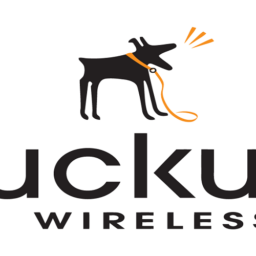
The volume of application-layer distributed denial of service (DDoS) attacks targeting HTTP and HTTPS websites grew by triple digits between 2019 and 2022, thanks to groups like Killnet, according to Netscout.
The security vendor’s DDoS Threat Intelligence Report for the second half of 2022 was compiled from data collected by its ATLAS network, which covers 93 countries and over 50% of the world’s internet traffic.
The biggest surge in attacks on websites since 2019 came in the second half of 2022, thanks to the activity of pro-Russia groups.
Netscout claimed the US national security sector experienced a massive 16,815% increase in attacks from Killnet hacktivists, including a spike after President Biden’s public remarks at the G7 Summit and another the same day following both French and US presidents re-affirming their support for Ukraine.
The vendor also pointed to a notable 18% increase in direct-path attacks over the past three years, corresponding to a drop in reflection/amplification attacks of about the same percentage.
As the name suggests, direct-path attacks target individual organizations directly, whereas reflection/amplification spoofs a target’s IP address and sends an information request to a UDP/TCP server.

Bad bots were a key driver in direct-path attacks – Netscout tracked over 1.35 million bots from malware families like Mirai, Meris and Dvinis in 2022, with enterprises receiving over 350,000 security-related alerts with botnet involvement.
Different attack techniques such as these require a hybrid approach to DDoS mitigation, Netscout argued.
The firm also highlighted peak DDoS alert traffic in a single day reached as high as 436 petabits and more than 75 trillion packets – another indication of the scale of the modern DDoS threat.
“DDoS attacks threaten organizations worldwide and challenge their ability to deliver critical services,” said Richard Hummel, threat intelligence lead at Netscout.
“With multi-terabit-per-second attacks now commonplace, and bad actors’ arsenals continuing to grow in sophistication and complexity, organizations need a strategy that can quickly adapt to the dynamic nature of the DDoS threat landscape.”
DDoS attacks on the wireless telecommunications providers have grown 79% since 2020, driven by the increase in 5G wireless to the home, the report also noted.
Source: www.infosecurity-magazine.com














